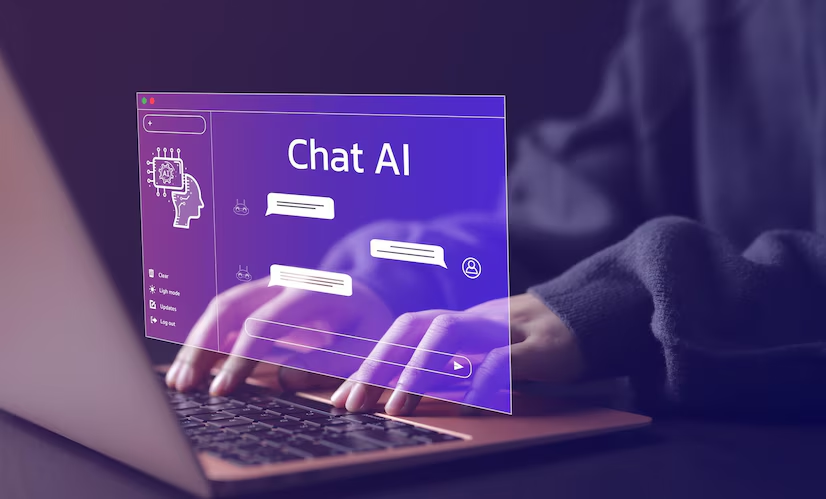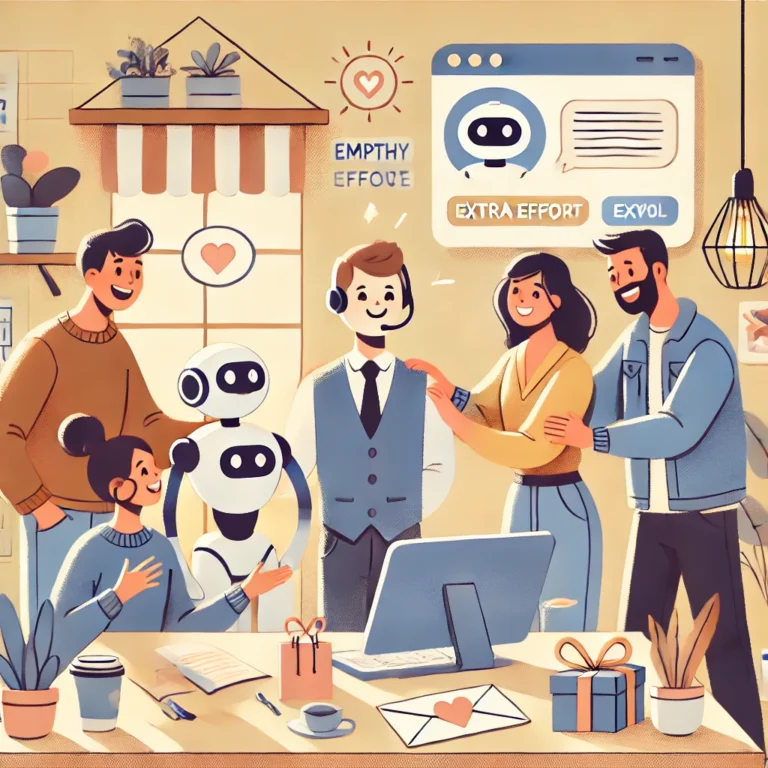Guide to Building a Generative AI Chatbot Solution for Your Business
Businesses are turning to artificial intelligence to enhance their customer interactions and streamline operations. In the world of data and AI, Generative AI chatbots are at the forefront of this technological evolution, offering sophisticated capabilities to understand, generate, and respond to human language. These chatbots can transform customer service, automate routine tasks, and provide personalized experiences. However, developing a successful generative AI chatbot involves more than just integrating technology; it requires a strategic approach from concept to reality.
Here’s a comprehensive guide to help you build a generative AI chatbot solution for your business.
1. Define Your Objectives and Use Cases
Before diving into the technical aspects, start by defining the objectives you aim to achieve with your generative AI chatbot. Understanding your goals will help shape the design and functionality of your chatbot. Consider the following:
- Customer Support: Will your chatbot handle customer inquiries, provide support, or resolve issues?
- Sales Assistance: Will it assist in product recommendations, lead generation, or order processing?
- Internal Operations: Can it be used for automating internal tasks, such as HR queries or IT support?
Identify specific use cases and pain points that your chatbot will address. For example, if you run an e-commerce business, your chatbot could assist customers with tracking orders, processing returns, and answering product-related questions.
2. Select the Right Technology Stack
Choosing the appropriate technology stack is crucial for building an effective generative AI chatbot. Consider the following components:
- Natural Language Processing (NLP): This technology enables the chatbot to understand and process human language. Popular NLP frameworks include Google’s BERT, OpenAI’s GPT, and Microsoft’s Azure Cognitive Services.
- Machine Learning Models: These models help the chatbot generate contextually relevant responses. For instance, GPT-4 from OpenAI is known for its advanced language generation capabilities.
- Integration Platforms: Select platforms that facilitate integration with your existing systems, such as CRM software or messaging apps. Platforms like Microsoft Azure, IBM Watson, and Google Cloud offer comprehensive tools for chatbot development.
3. Design and Develop the Chatbot
Once you’ve established your objectives and selected the technology stack, it’s time to design and develop your chatbot. Follow these steps:
- Create a Conversational Flow: Map out the conversational flow of your chatbot. Design how it will interact with users, handle various scenarios, and manage different types of queries. Use flowcharts or wireframes to visualize the conversation pathways.
- Develop the Chatbot’s Personality: The chatbot’s tone and personality should align with your brand’s voice. Decide whether it will be formal, casual, friendly, or professional based on your audience.
- Build the Model: Train your generative AI model using relevant data. For example, if your chatbot is for customer support, use historical customer service interactions to train the model. Ensure the training data is diverse and representative of the types of queries your chatbot will handle.
- Integrate with Systems: Connect your chatbot to existing systems such as CRM, ERP, or inventory management. This integration allows the chatbot to access real-time data and provide accurate responses.
4. Test and Refine
Testing is a critical phase in the development process. Conduct extensive testing to ensure your chatbot performs as expected:
- Alpha Testing: Test the chatbot internally with a small group of users to identify any major issues or bugs.
- Beta Testing: Roll out the chatbot to a larger audience and collect feedback on its performance. Pay attention to user interactions, satisfaction levels, and any areas where the chatbot may fall short.
- Refinement: Use the feedback from testing to make necessary improvements. Adjust the conversational flow, update the training data, and fix any issues that arise.
5. Launch and Monitor
After successful testing and refinement, it’s time to launch your generative AI chatbot:
- Deployment: Deploy the chatbot on your chosen platforms, whether it’s your website, mobile app, or messaging channels like Facebook Messenger or Slack.
- Monitoring: Continuously monitor the chatbot’s performance using analytics tools. Track key metrics such as user engagement, response accuracy, and resolution rates. Regularly review these metrics to identify areas for improvement.
- Updates and Maintenance: Regularly update the chatbot to incorporate new features, enhance its capabilities, and address any emerging issues. Keep the training data current to ensure the chatbot remains relevant and effective.
6. Evaluate ROI and Impact
Assess the return on investment (ROI) and overall impact of your generative AI chatbot. Measure its effectiveness in achieving your initial objectives, such as improved customer satisfaction, increased efficiency, or cost savings. Collect user feedback and analyze performance data to evaluate the chatbot’s success and make data-driven decisions for future enhancements.
Conclusion
Building a generative AI chatbot solution is a multifaceted process that requires careful planning, development, and continuous improvement. By defining clear objectives, selecting the right technology, designing thoughtfully, and rigorously testing, you can create a chatbot that significantly enhances customer interactions and operational efficiency. Embrace the transformative potential of generative AI and watch as your business leverages this technology to achieve new heights in customer engagement and operational excellence.






